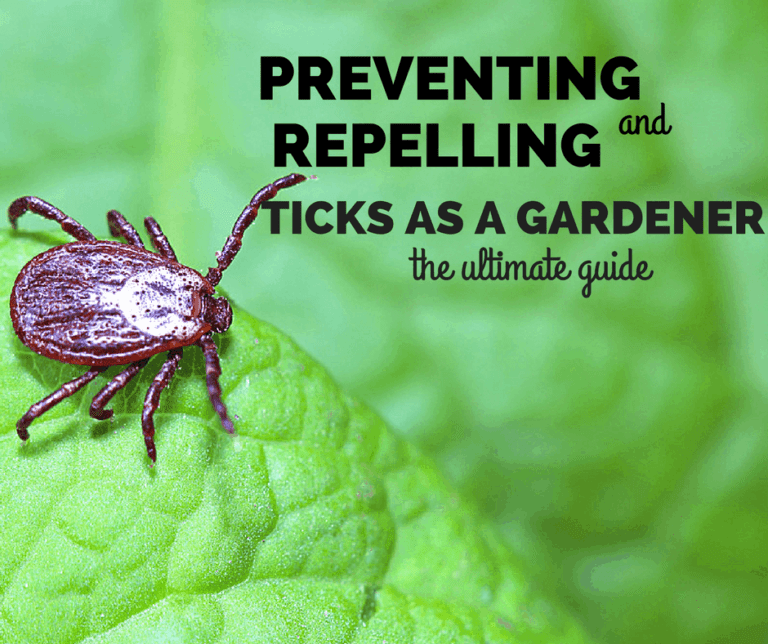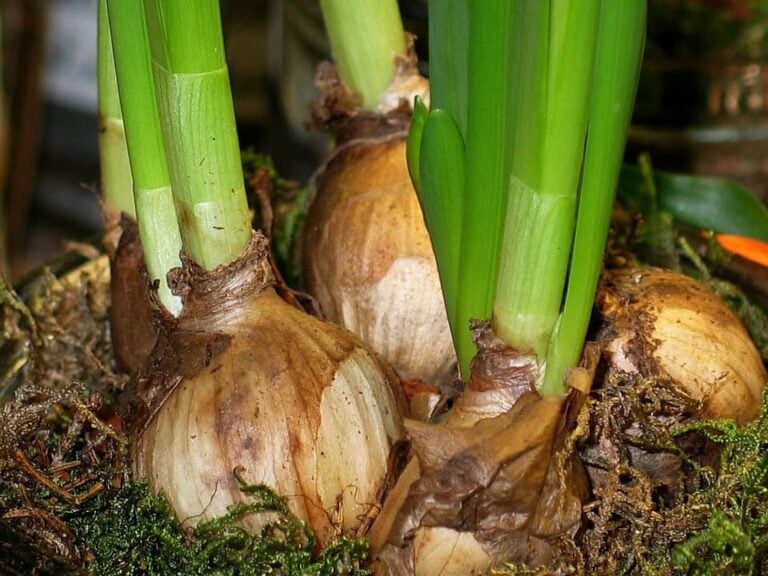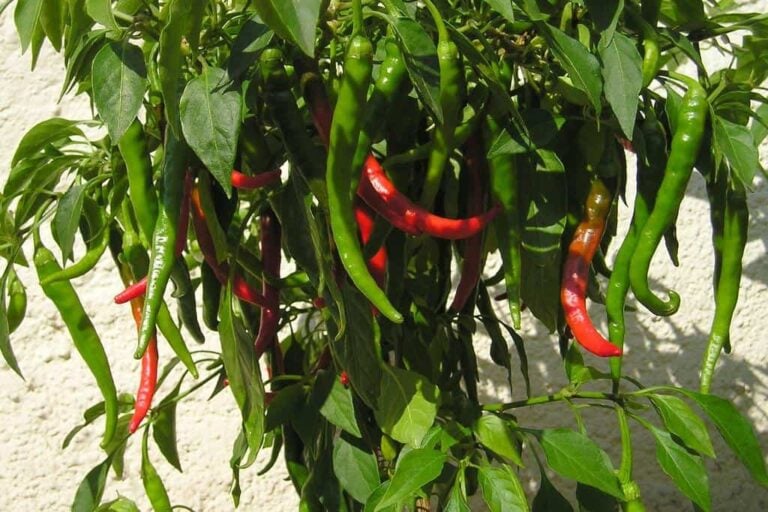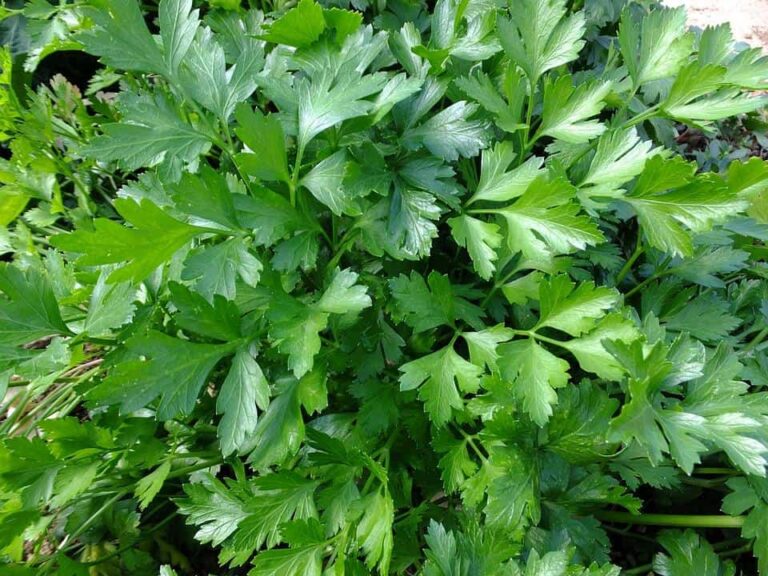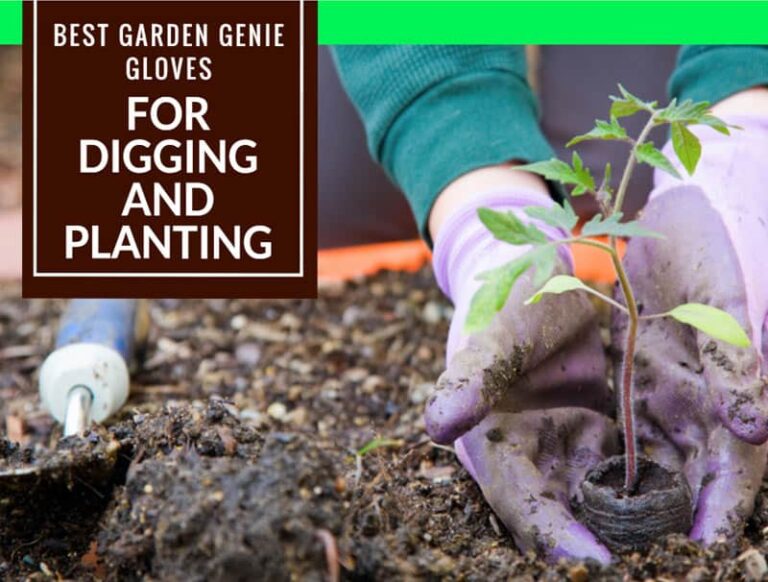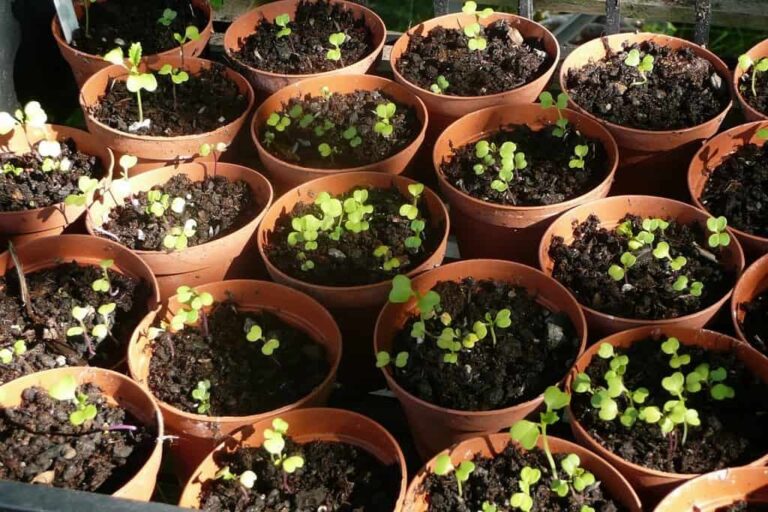Plants And Succulents That Look Like Aloe Vera
Aloe vera is a popular succulent plant known for its distinctive long and spiky green leaves. If grown in the right conditions, aloe vera plants will grow throughout the year and continue to expand in size.
Aside from the plant’s appearance, aloe vera is commonly used for its unique antimicrobial properties that can aid anything from burns to acne, making it a highly versatile and effective plant to have.
However, aloe vera plants aren’t the easiest succulents to take care of. While they are fairly low-maintenance, they are prone to stress if their needs aren’t accurately met.
So, if you’re not looking to own an aloe vera plant but you want to achieve the same visual vibe, you might be looking for a similar alternative.
Here are the best plants and succulents that look like aloe vera!
Haworthia
Haworthia is a genus of succulent plants that are mostly native to Southern Africa. These small succulents belong to the same subfamily as aloe vera (Asphodeloideae), which explains their similar appearances!
Haworthia succulents feature small yet thick leaves that are structured in a rosette-like shape, very much like aloe vera or the head of a pineapple.
Most species within this genus feature light green leaves with raised white spots that look like bands across the leaves, which is what gives these species the nickname of “zebra plants”.
If you’re looking to mimic an aloe vera plant, the zebra plant species within this genus are the most similar in appearance.
Aside from their attractive, aloe vera-like appearance, haworthia plants are also notoriously easy to care for. They only grow to around 5” in height and length, and generally only need to be kept in a warm and bright area.
As with most succulents, they don’t like to be overwatered as this can lead to waterlogging and root rot, which isn’t easy to cure in a succulent.
Agave
Agave is a genus of succulents typically found in the hot regions of the Americas. These plants are more commonly known as the key ingredient in making tequila, but their similarities to aloe vera plants make them desirable amongst hobbyists and gardeners.
The majority of species within the agave genus look very similar to aloe vera plants thanks to the distinctive rosette structure of the leaves.
The leaves are found in various colors, shapes, and sizes, with some being sword-like and others exhibiting a more rounded appearance.
Colors can range from olive green, dark green, bluish green, and even yellow. As the stem is so short, the rosette structure is formed together so tightly that the plant appears stemless.
Agave plants are generally hardy and straightforward to care for, which isn’t too dissimilar from aloe veras.
They tend to adjust to a variety of climates (despite originating from hot and arid ones), and typically only require watering once every two weeks.
These plants can also be grown indoors or outdoors.
Maguey
Related to the agave plant is the maguey plant, which seemingly looks like the love child of an aloe vera plant and a cactus. This is because each leaf features thorns on the edges, which is frequently found amongst aloe vera plants.
Not only this, but maguey plants feature thick leaves that are shaped in the structure of a rosette.
While maguey plants can be grown both indoors and outdoors, they particularly thrive in outdoor set-ups when the temperature is hot and arid.
In their native habitat (southeast United States and Mexico), maguey plants can grow over 19 feet and are planted as a form of natural fencing for grazing cattle.
Most specially, maguey plants are monocarpic, which means they only bloom once in its entire lifetime. This typically occurs in the late summer months, wherein the plant will produce blossoms of white or pink petals.
When grown indoors, maguey plants are generally easy to maintain. As with most succulents, these plants don’t like to be overwatered and prefer a light, warm setting. However, they aren’t likely to bloom when grown indoors.
Yucca
Yucca plants are perennials that are often mistaken for aloe vera plants thanks to their similar rosette-like structure. However, unlike an aloe vera plant, the leaves of a yucca plant aren’t thick.
Instead, the leaves are more plant-like than succulent-like and shaped like long, sharp swords.
Unlike other succulent plants, the yucca features a visible trunk that is covered in bark. This is the main dissimilarity to aloe vera plants, wherein the stalk is hidden amongst the dense leaf structure.
Not only do they resemble one another, but yucca plants share similar characteristics with aloe vera plants when it comes to their care requirements.
Yucca plants are slow growers that can be grown either indoors or outdoors, though growing them indoors helps to control their growth, as they can grow rather large depending on the species.
Yucca plants are easy to care for in that they only require bright indirect sunlight, a fairly dry atmosphere, and minimal watering.
Young Pineapple Plant
Everyone knows that the top of a mature pineapple looks similar to an aloe vera plant. However, did you know that they look even more like aloe vera plants before they reach maturity?
That’s right – before a young pineapple develops the fruit portion, they can be easily mistaken for an aloe vera plant (or another plant on our list!).
Native to South America, the tropical pineapple plant features dense, almost spiky leaves that form in the shape of a rosette before the fruit develops. These leaves are thick and long, mimicking the same texture as the leaves of an aloe vera.
Once the leaves are broken, they ooze a liquid that isn’t unlike the juice from an aloe vera plant – except it doesn’t share the same antimicrobial properties.
Of course, you can’t exactly put a pineapple in a plant pot and call it an aloe vera plant. Pineapples aren’t exactly the easiest plants/fruits to plant, either, but it’s interesting how their leaves look distinctly similar to an aloe vera plant!
Gasteria
Gasteria is a genus of South African succulent plants that are certainly unique in the plant world. Like the aloe vera plant, most species within the genus feature leaves in a rosette shape.
However, only some of the species feature long and pointed leaves like aloe veras, as most species exhibit rounded leaves. These tubular and curved leaves resemble tongues, which is why these plants are often nicknamed “ox tongues”.
When grown in the right conditions, you might be lucky enough to witness your gasteria flowering in fall. Somewhat like the leaves, gasteria flowers are tubular and come in yellow or pink colors.
Gasteria plants can be grown both indoors and outdoors, and they are fairly easy to maintain. They require far less water than aloe vera plants due to their ability to withstand hot temperatures, and they only require partial light.
They also grow roughly the same size as aloe vera plants, which is about 11” in height and width.
Dryland Bromeliads (Dyckia and Hechtia)
Dryland bromeliads are certainly one of the most unique looking succulents on our list, and not just because they resemble aloe vera plants.
Like aloe vera, the rough-textured leaves of these plants grow in a rosette structure, but they are also known for blooming incredible flowers. Sure, it can take a while for the blooms to appear, but once achieved, they make a stunning tropical addition to a backyard.
Dyckia and hechtia are two spiky species of dryland bromeliads, both of which look the most similar to aloe vera.
Both produce wild long and pointed leaves that look something like tall grasses, but upon closer inspection, the leaves are formed in a rosette-like structure.
Dryland bromeliads can be grown either indoors or outdoors and possess straightforward care requirements not unlike aloe vera plants.

